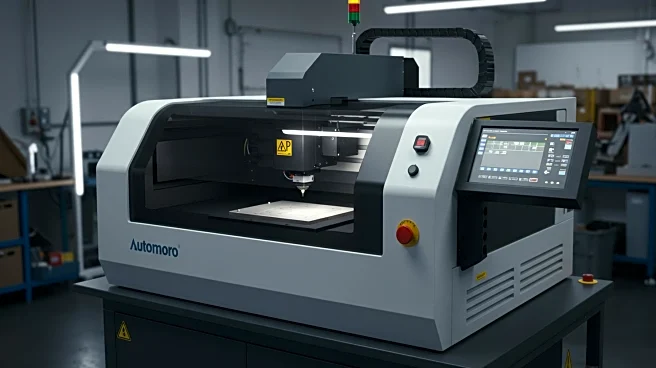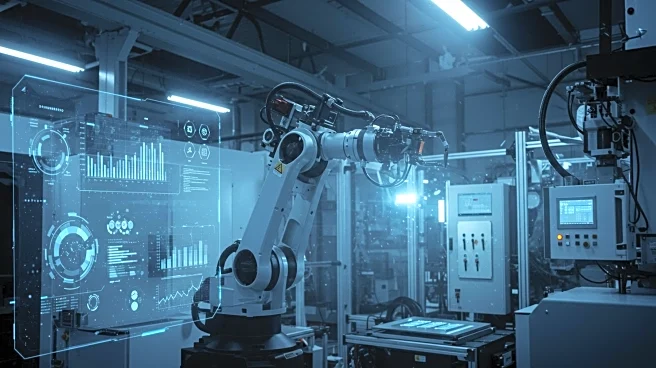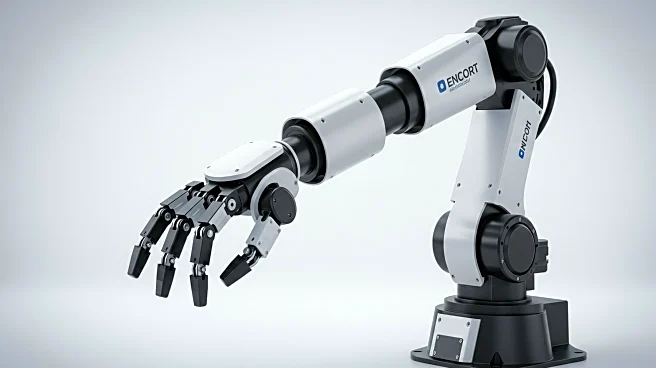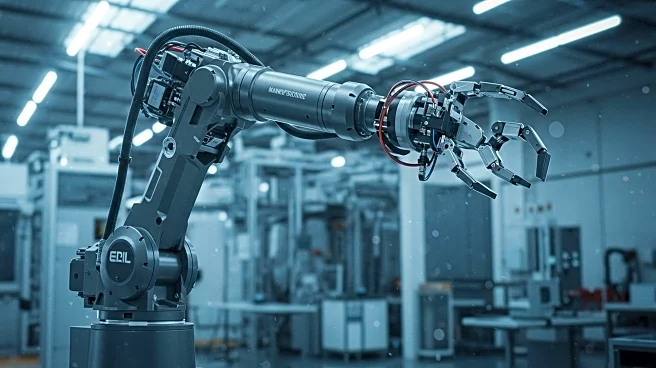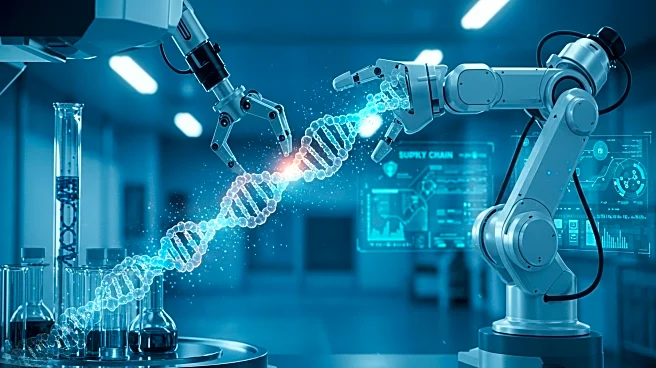Rapid Read • 8 min read
The industrial automation sector is experiencing significant growth, projected to reach $226.8 billion by 2025. However, the industry faces challenges due to technology fragmentation, which complicates standardization and interoperability of devices, particularly in manufacturing. This fragmentation results in slower time to market, which is problematic given current macroeconomic conditions. The workforce in manufacturing is aging, with a significant portion over 55 years old, leading to increased employee turnover. The next generation of workers, particularly Gen Z, may struggle with the fragmented tools, impacting their ability to maintain or upgrade legacy systems. The industry needs to focus on usability and intuitive software to attract young talent and ensure efficient product development.
AD
The fragmentation in industrial automation tools poses a risk to the sector's growth and efficiency. As the workforce ages, the need for simpler, more intuitive tools becomes critical to attract and retain younger talent. This is essential for maintaining competitiveness and innovation in manufacturing. The ability to quickly deploy products with minimal custom coding is crucial under current economic pressures. Companies that fail to adapt may lose out to industries that are more advanced in their digital transformation. The focus on usability and integration can help bridge the skills gap and ensure the sector remains attractive to new entrants.
Manufacturers need to invest in tools that prioritize usability and integration to attract the next generation of workers. This involves creating industry-tailored software templates that simplify user interface design and reduce the need for custom coding. Companies must evaluate their current toolsets and consider how they can be improved to meet the expectations of younger workers. The industry must also address the challenge of employee turnover by providing training and support for new technologies. By focusing on these areas, manufacturers can ensure they remain competitive and continue to innovate in the face of economic challenges.
The shift towards more usable and integrated tools in industrial automation could lead to broader changes in the sector. As companies adopt these tools, there may be a cultural shift towards valuing creativity and innovation over technical expertise. This could result in a more dynamic and flexible workforce, capable of adapting to new technologies and processes. Additionally, the focus on usability may drive further innovation in software development, leading to new products and services that enhance productivity and efficiency in manufacturing.
AD
More Stories You Might Enjoy


